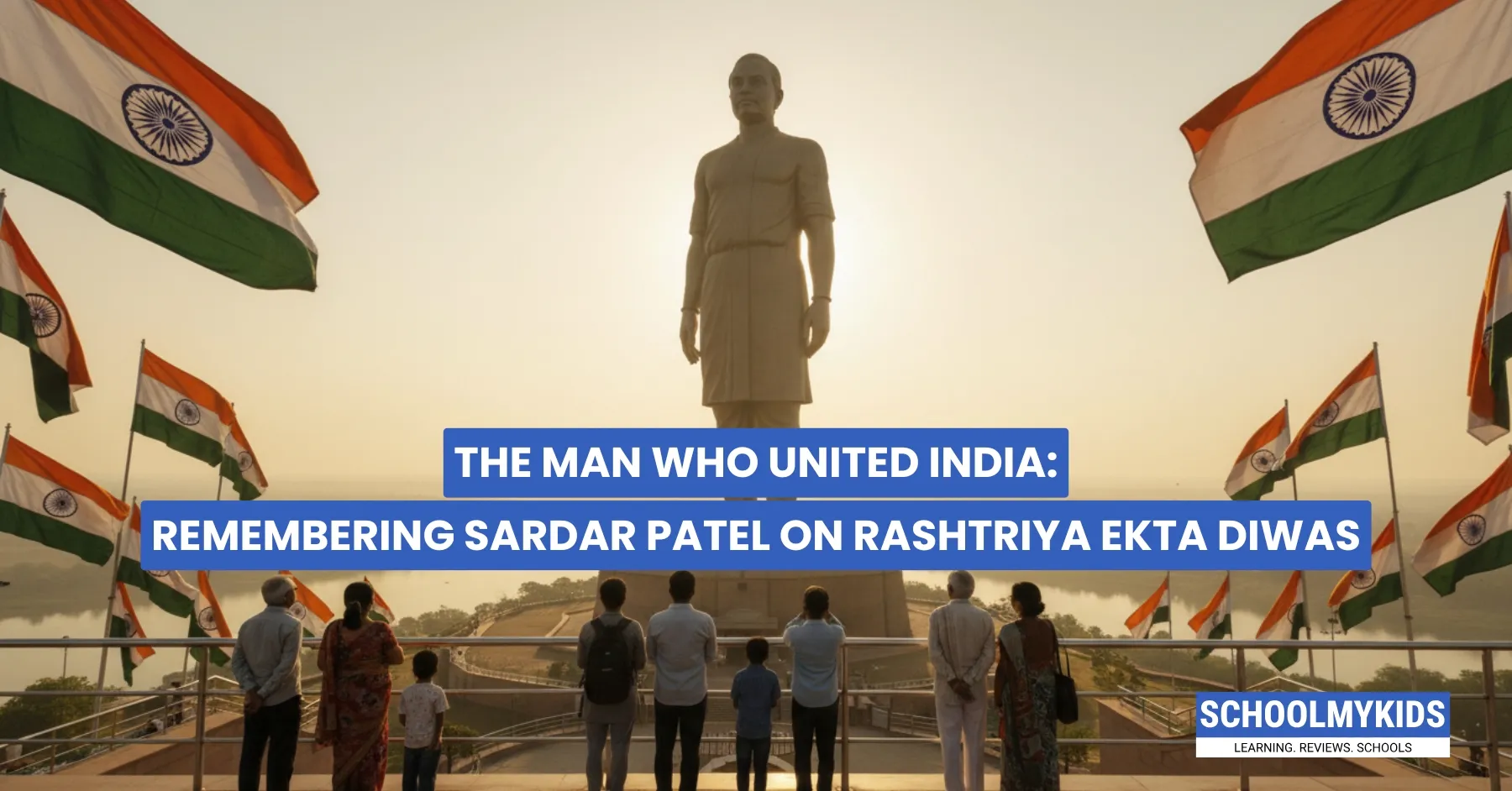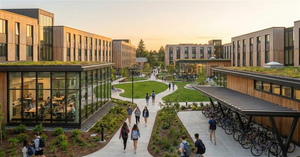Imagine India in 1947. We just got freedom from British rule, but India wasn't really "one" India yet. There were 562 small kingdoms scattered across the land, each with its own ruler. Some wanted to join India, some wanted to join Pakistan, and some just wanted to stay independent. It was like having a giant jigsaw puzzle with pieces that didn't want to fit together.
Enter Sardar Vallabhbhai Patel, the man who made it all happen.
Who Was Sardar Patel?
Born on October 31, 1875, in a small village in Gujarat, Vallabhbhai Patel wasn't born into a rich or educated family. His father was a farmer who once fought alongside Rani Lakshmibai of Jhansi. Young Vallabhbhai spent his childhood working in fields, not reading books. He only finished high school when he was already in his late teens.
But what makes his story special is that he never gave up. He studied law, became a successful lawyer, and then something changed. When he met Mahatma Gandhi, he left his comfortable life behind to fight for India's freedom. That takes real courage.
Why Do We Celebrate October 31?
Every year on October 31, we celebrate Rashtriya Ekta Diwas, or National Unity Day. It's Sardar Patel's birthday, but it's not just about cutting a cake and singing songs. It's about remembering the man who literally held India together when it could have broken into hundreds of small pieces.
Think about it, if Sardar Patel hadn't united all those kingdoms, we might be living in a very different India today. Maybe you'd need a passport to visit another state. Maybe half the country would still be ruled by kings and queens.
The Iron Man Gets to Work
After independence in 1947, Sardar Patel became India's first Deputy Prime Minister and Home Minister. His biggest challenge? Convincing 562 princely states to join India. Some rulers were reasonable, but others were stubborn. The Nizam of Hyderabad wanted to join Pakistan or stay independent. The Nawab of Junagadh created similar problems.
Patel didn't force everyone with threats. He talked, he negotiated, he explained why unity made sense. But when talking didn't work, like in Hyderabad, he acted firmly. In just five days, through Operation Polo, Hyderabad became part of India. That's why people called him the "Iron Man of India"; he was strong but fair.
Building More Than Borders
Sardar Patel didn't just draw lines on a map. He built systems that still work today. As Home Minister, he created the Indian Administrative Service (IAS). He told civil servants something important: you're not here to boss people around like the British did. You're here to serve your own people.
Even today, IAS officers run our country's administration. That's Sardar Patel's gift to us, a system that works.
What Can We Learn Today?
Here's where it gets interesting for us. Why should we care about someone who lived decades ago?
- Unity in Diversity: Look around your classroom. Different faces, different backgrounds, maybe different languages at home. But you're all one class. That's what Patel believed for India. He knew we could be different and still be one. In today's world, where people sometimes fight over small differences, this lesson matters more than ever.
- Finish What You Start: Patel could have stayed a successful lawyer earning good money. But he chose the harder path of freedom fighting, nation-building. He saw it through. When you start something difficult, like a tough subject or a new skill, remember Patel. Don't quit halfway.
- Lead with Your Heart, Decide with Your Head: Patel loved India deeply, but he never made emotional decisions. He thought things through. When the Nizam refused to cooperate, Patel didn't get angry; he made a smart plan and executed it. Next time you face a problem, try this approach. Care deeply, but think clearly.
- Service Before Self: Patel literally cleaned streets with a broom when he was in charge of Ahmedabad's municipality. Imagine a big leader doing that! He showed that no work is small if it helps people. Whether you're a class monitor or a team captain, remember that leadership means service.
Making Patel's Values Real Today
So how do we actually use these lessons?
At school, respect everyone regardless of where they come from. That's unity. When your class has a disagreement, be the one who brings people together. That's Patel's spirit.
At home, finish your responsibilities without constant reminders. Show integrity and do the right thing even when no one's watching. Patel once continued a court case without showing his grief even after his wife died. That's the kind of strength we can aim for (though we should definitely express our feelings too, as it's healthy).
In your community, think about what you can contribute, not just what you can get. Volunteer, help neighbors, and keep public spaces clean. Small actions matter.
The Statue That Touches the Sky
Have you heard of the Statue of Unity in Gujarat? It's the world's tallest statue; 182 meters high, overlooking the Narmada River. It's a tribute to Sardar Patel, reminding us that his vision was as tall as that statue. When people visit it, they don't just see a monument; they see what one determined person can achieve.
Conclusion
Sardar Vallabhbhai Patel proved that ordinary people can do extraordinary things. He wasn't born special; he made himself special through hard work, dedication, and love for his country.
This Rashtriya Ekta Diwas, don't just remember him as a name in your history book. Think about what he stood for. India is still diverse, still facing challenges, still needing people who can unite rather than divide.
You are the future. The question is, will you build walls or bridges? Will you divide or unite? Sardar Patel showed us the way. Now it's our turn to walk that path.
As Patel himself said, "Manpower without unity is not a strength unless it is harmonized and united properly, then it becomes a spiritual power."
Let's be that spiritual power he believed in.








Be the first one to comment on this story.